
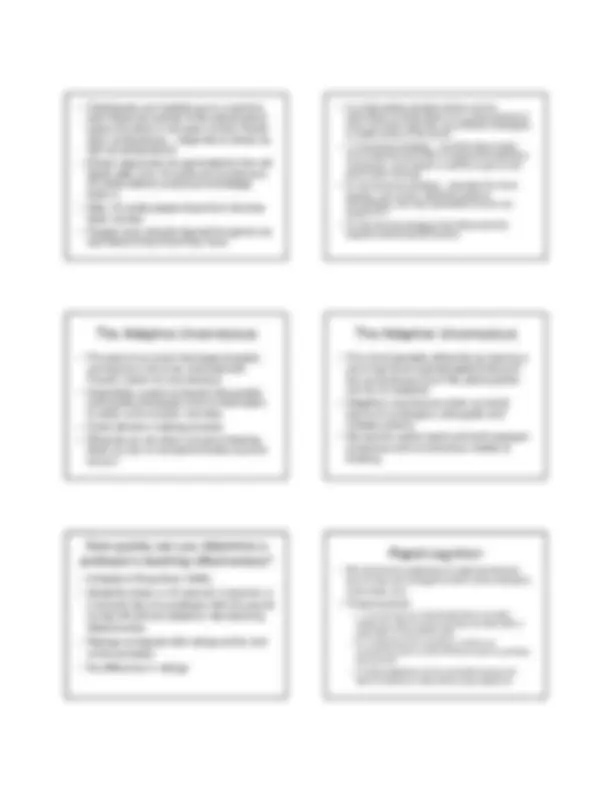
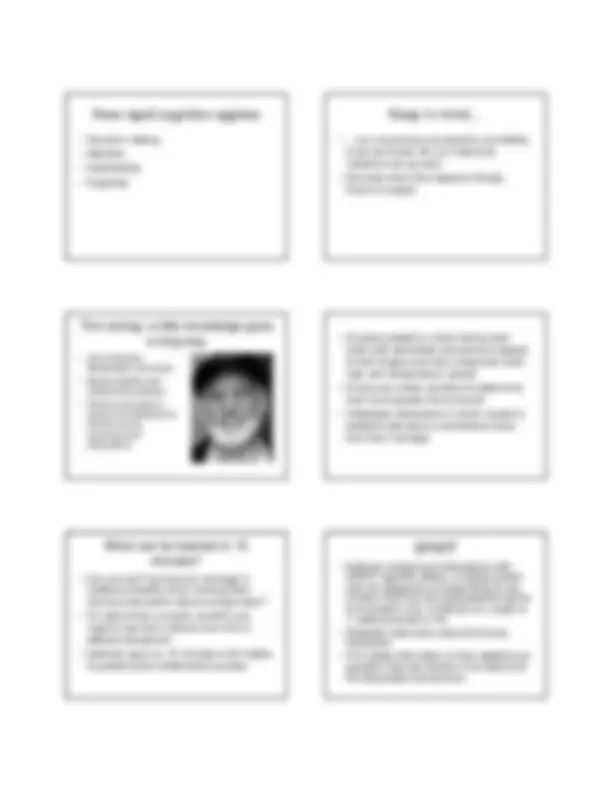
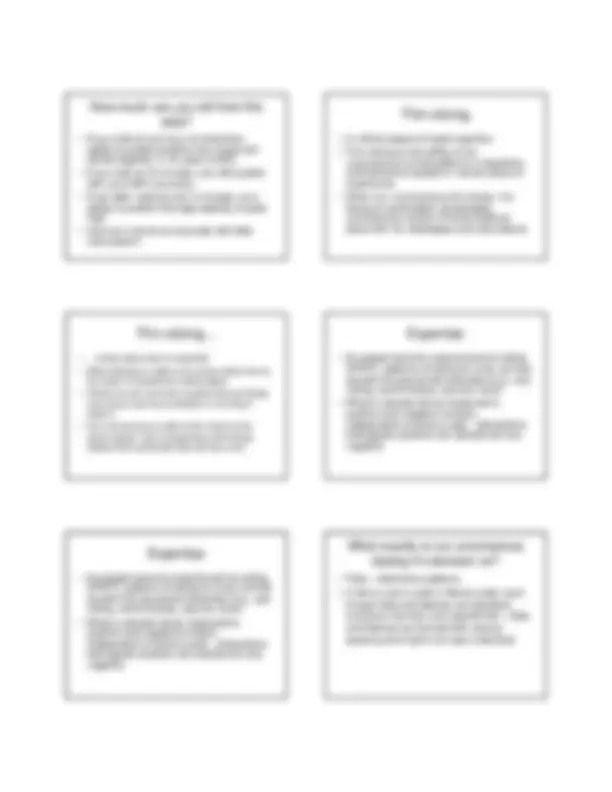
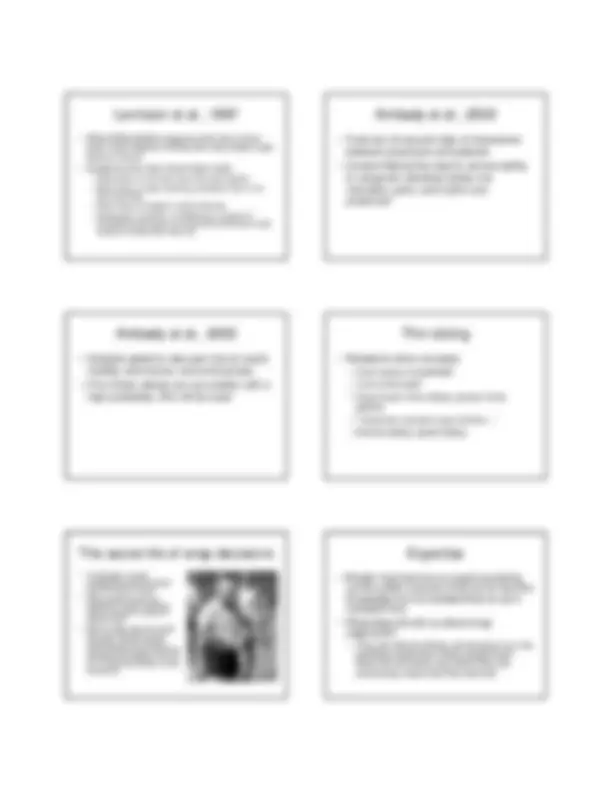
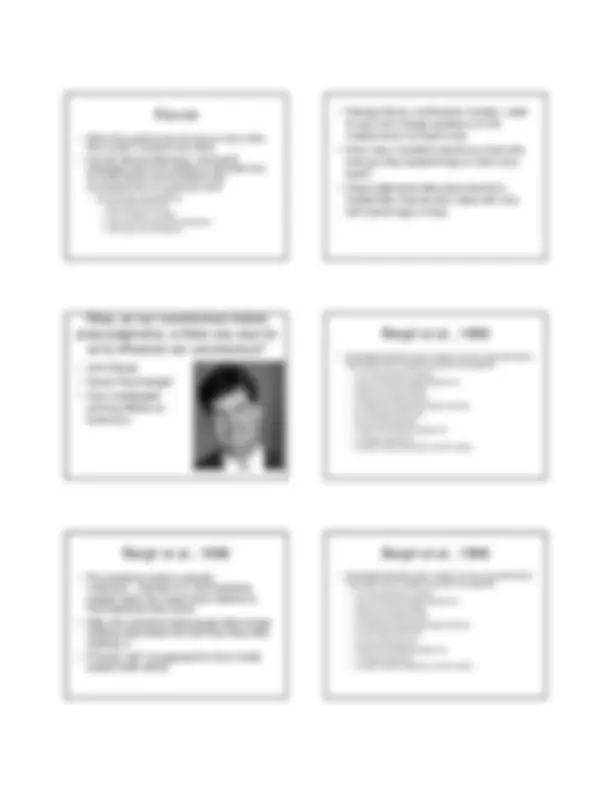
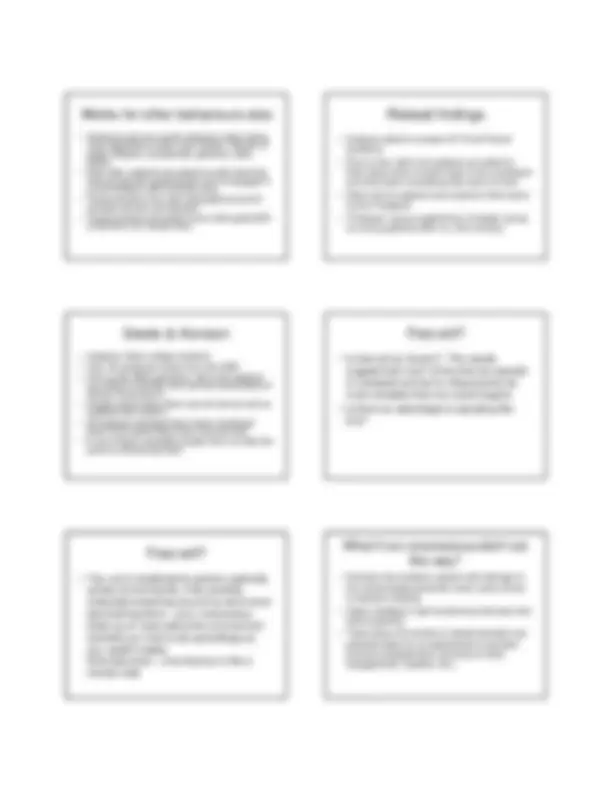
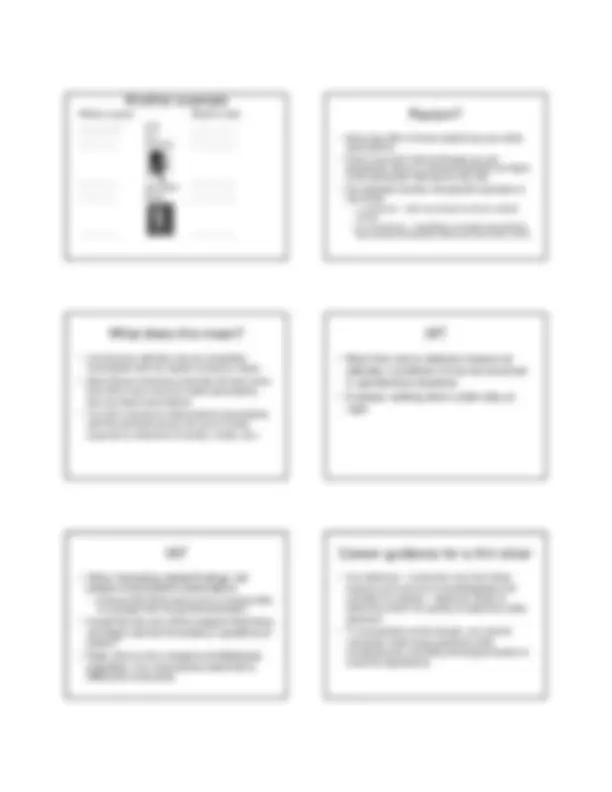
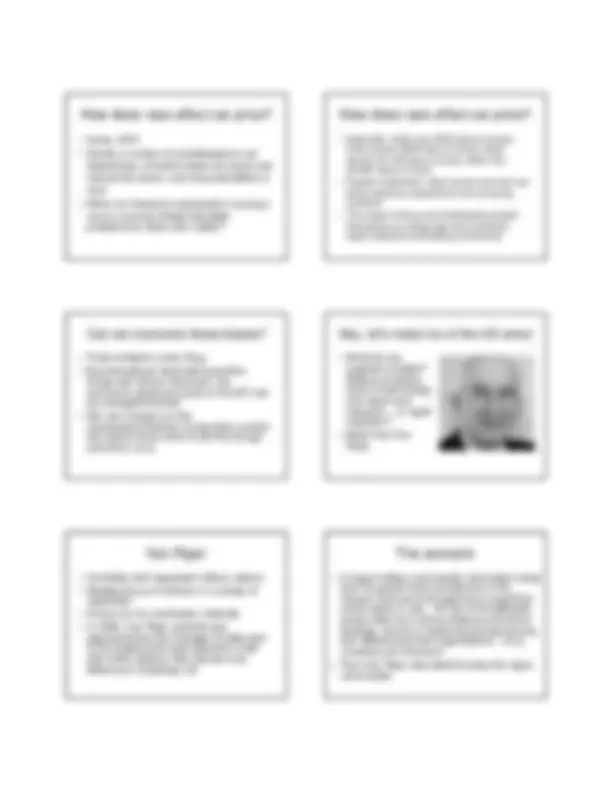
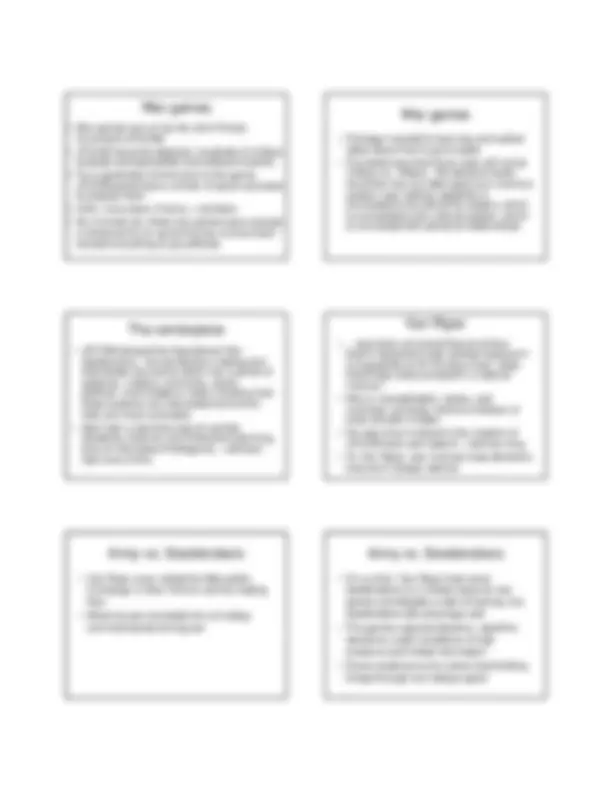
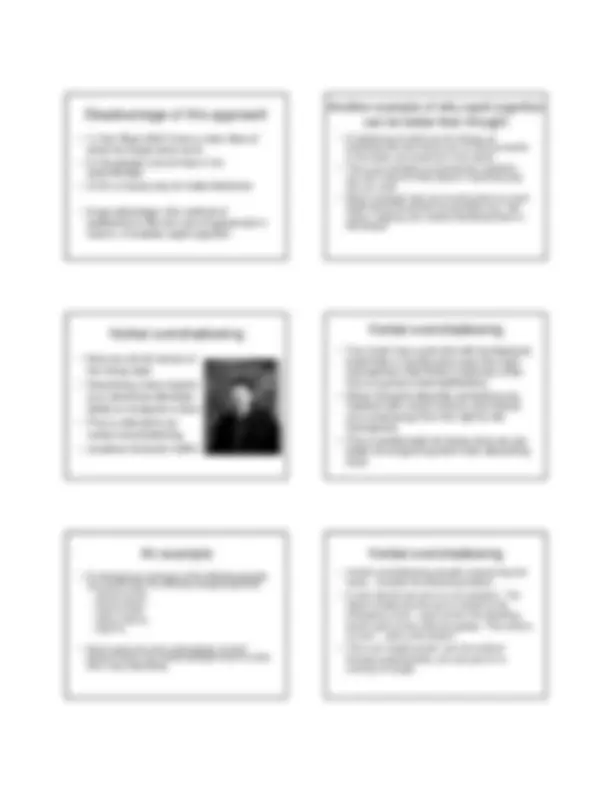
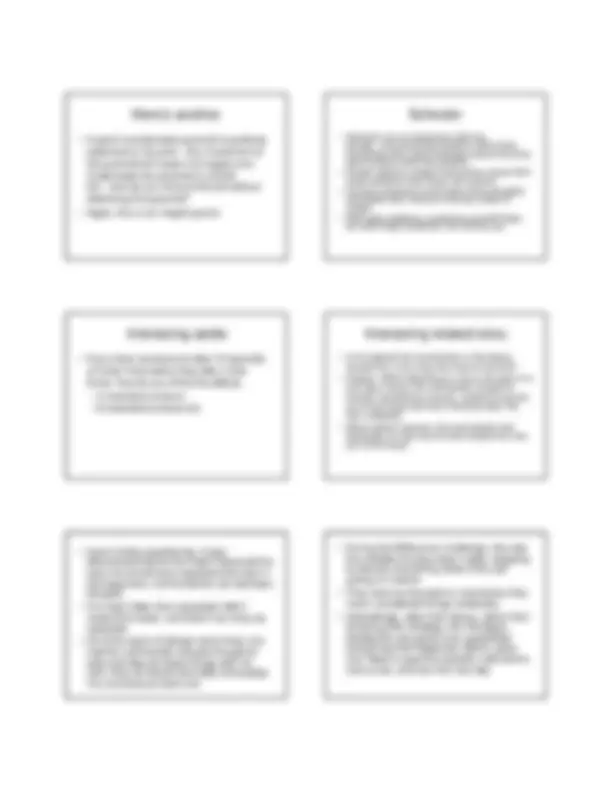
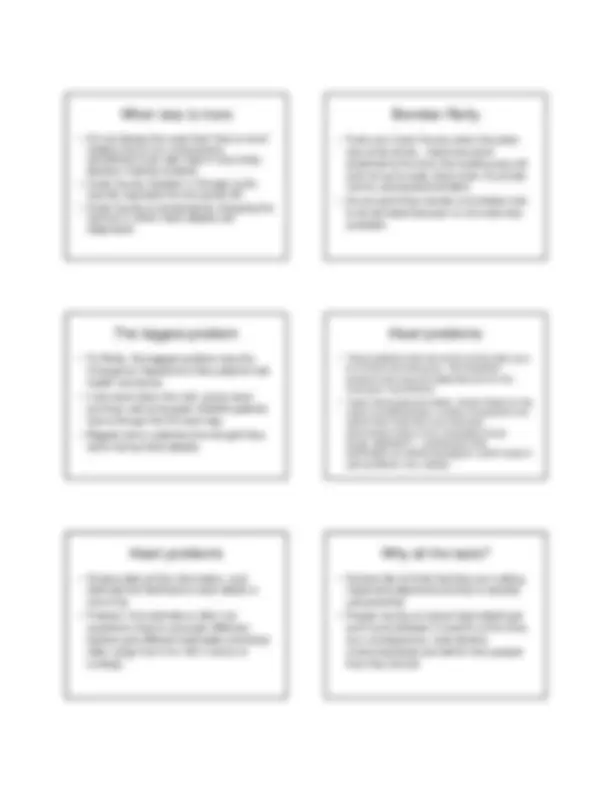
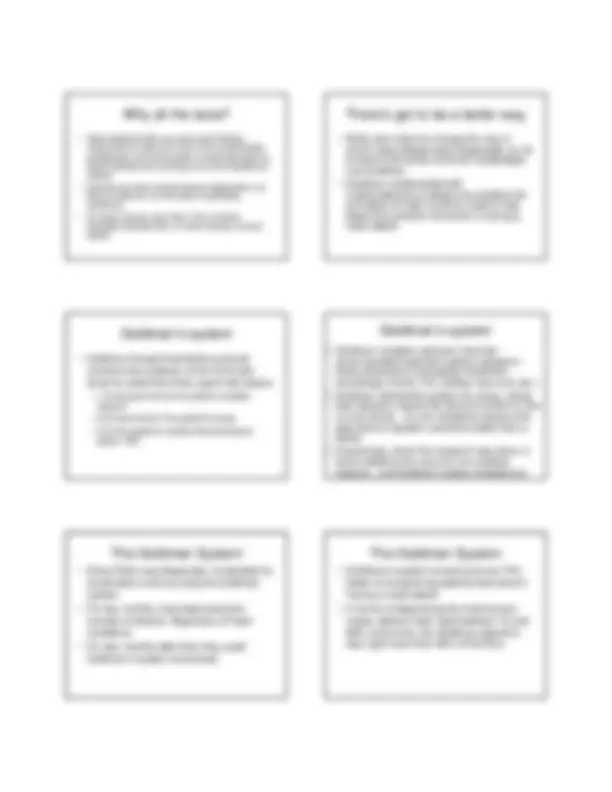
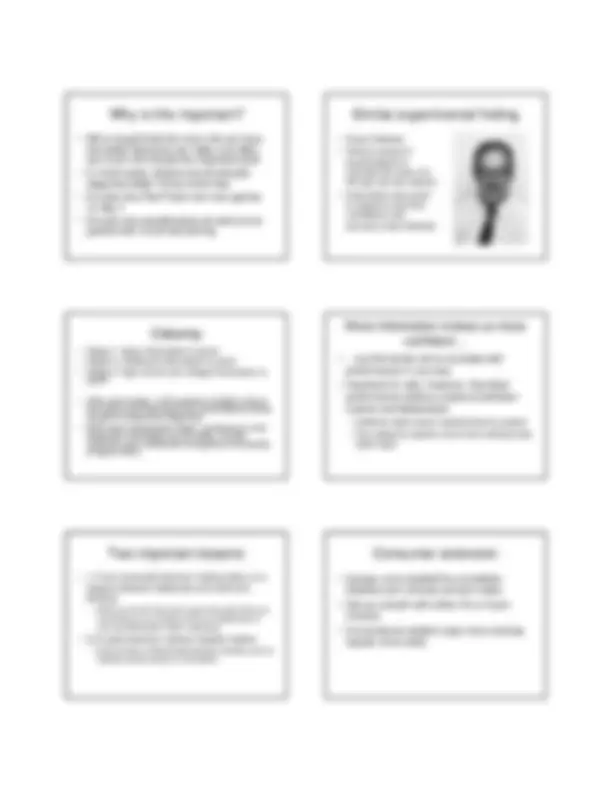
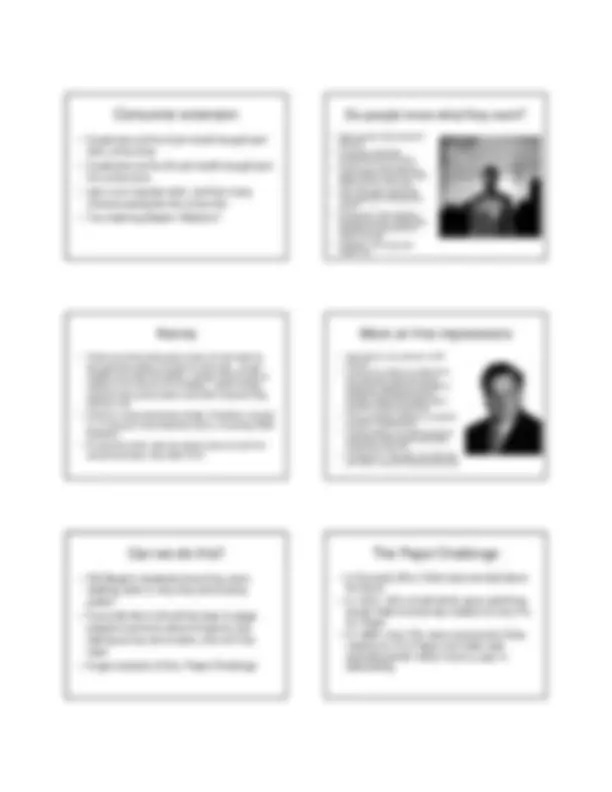
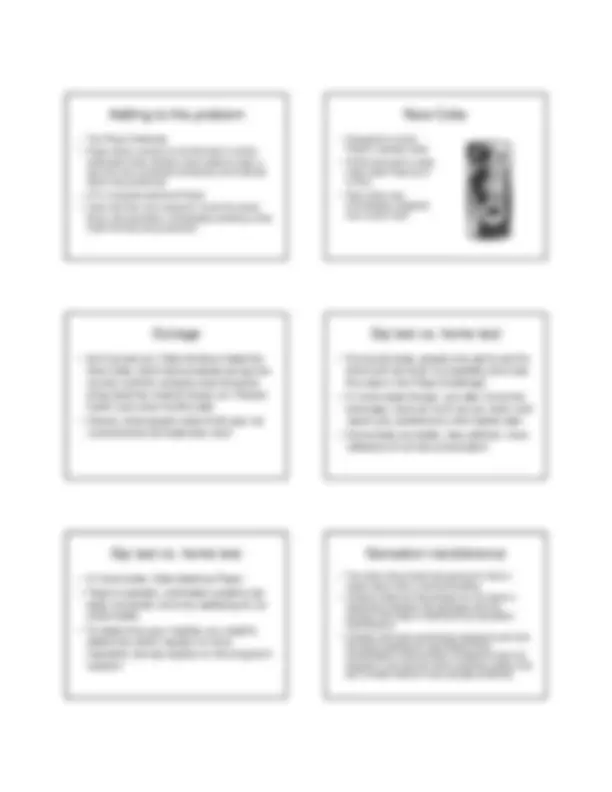
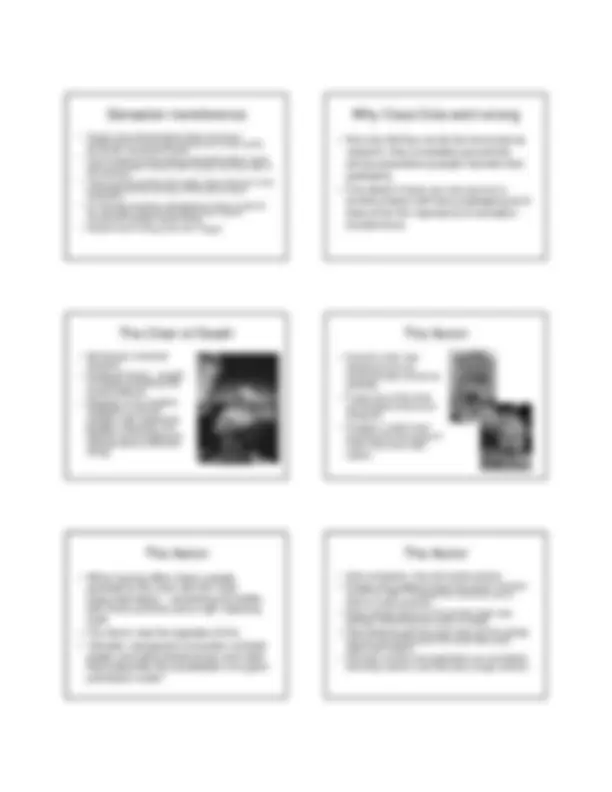
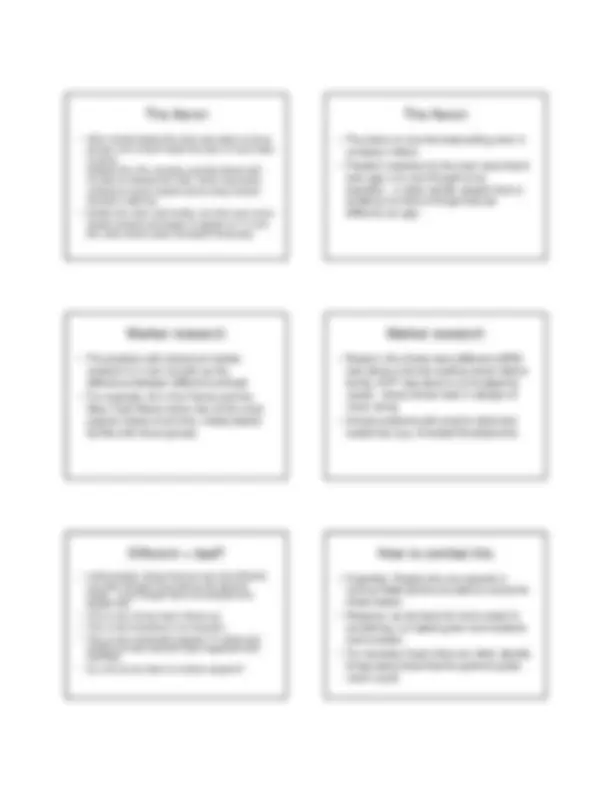
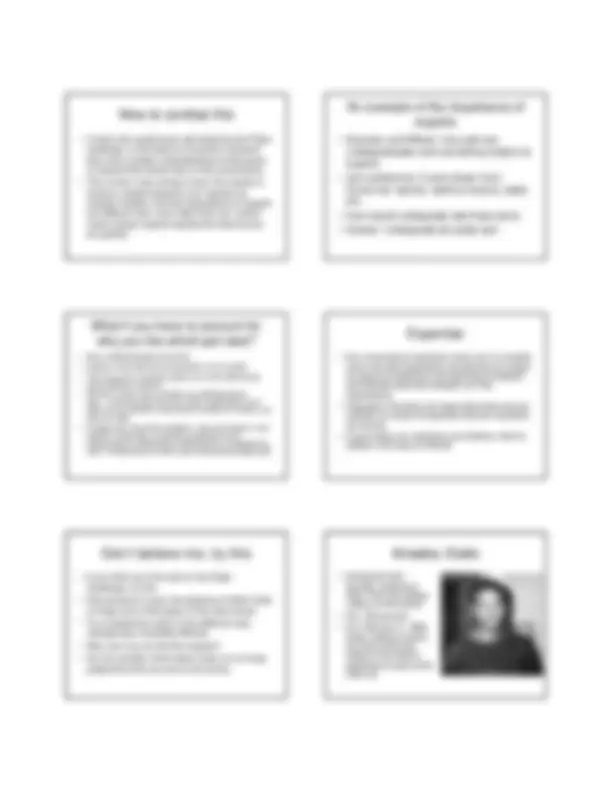
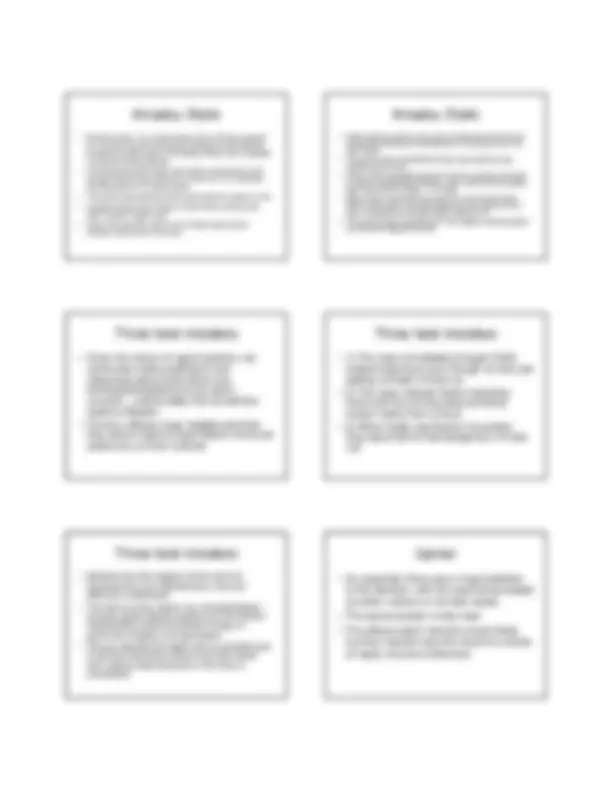
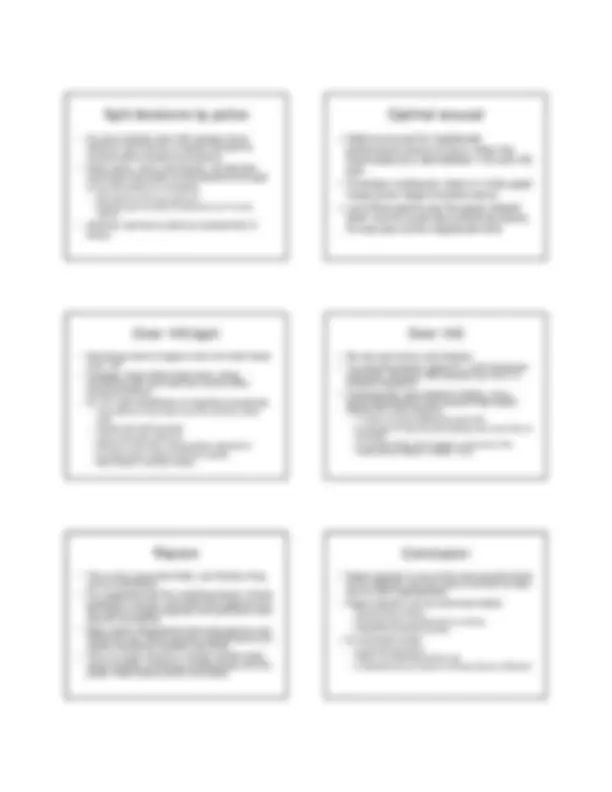
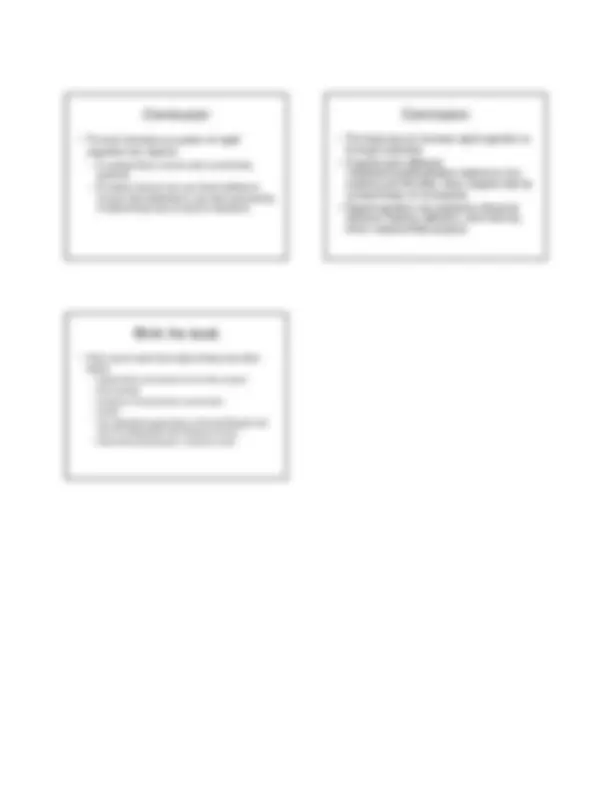


Study with the several resources on Docsity

Earn points by helping other students or get them with a premium plan


Prepare for your exams
Study with the several resources on Docsity

Earn points to download
Earn points by helping other students or get them with a premium plan
Community
Ask the community for help and clear up your study doubts
Discover the best universities in your country according to Docsity users
Free resources
Download our free guides on studying techniques, anxiety management strategies, and thesis advice from Docsity tutors
The role of intuition and rapid cognition in decision making, focusing on the concept of thin-slicing and the adaptive unconscious. various studies that demonstrate the accuracy of quick judgments and the importance of experience in identifying patterns. It also touches upon the impact of factors like physician demeanor on legal outcomes.
What you will learn
Typology: Study notes
1 / 30

This page cannot be seen from the preview
Don't miss anything!























Rapid Cognition
White or good Black or bad _________ Hurt ___________ _________ Evil ___________ _________ Glorious ___________
_________ Wonderful ___________ _________ Mean ___________